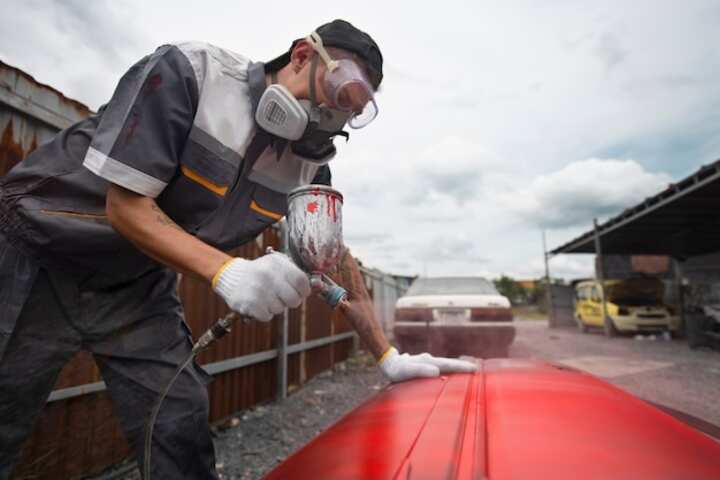
Ultimate Guide to Concrete Roof Waterproofing Systems
Concrete roofs are known for their durability and strength, but they are not impervious to water damage. Over time, exposure to elements such as rain, snow, and high humidity can lead to leaks, cracks, and structural deterioration. Waterproofing these roofs is essential to prolong their lifespan and ensure the safety and comfort of the building's occupants. This guide explores the various waterproofing systems available for concrete roofs and provides insights into selecting the best option for specific needs.
Types of Concrete Roof Waterproofing Systems
Liquid Applied Membranes
Liquid applied membranes are coatings that are applied in liquid form, which then dry to form a seamless, waterproof barrier on the roof surface. These membranes are popular due to their adaptability and ease of application.
- Seamless application reduces the risk of leaks.
- Offers flexibility and can accommodate roof movements.
- Suitable for roofs with complex shapes and penetrations.
Read more about this topic at this link.
Sheet Membranes
Sheet membranes are pre-formed sheets that are rolled out and adhered to the roof substrate. These systems are known for their consistent thickness and durability.
- Provides uniform protection with a consistent thickness.
- Highly durable with excellent resistance to physical damage.
- Requires skilled labor for proper installation to avoid leaks at seams.
Learn more in this detailed guide here.
Cementitious Waterproofing
Cementitious waterproofing involves applying a cement-based coating to create a water-resistant barrier. This method is often used for its ease of application and reliability.
- Easy to apply with simple tools.
- Provides a hard, durable surface.
- Best suited for areas with minimal movement.
Explore further insights here.
Factors to Consider When Choosing a Waterproofing System
The selection of a waterproofing system should be based on several factors to ensure the longevity and effectiveness of the solution.
- Climate: Consider the local weather conditions, such as rainfall and temperature variations, which can impact the performance of the waterproofing system.
- Roof Design: The complexity of the roof design, including slopes and penetrations, can influence the choice of system.
- Budget: Balance cost with the expected lifespan and maintenance requirements of the system.
- Durability: Evaluate the longevity and resistance of the system to environmental stressors.
Find additional information here.
Maintenance of Concrete Roof Waterproofing Systems
Regular maintenance is crucial to uphold the integrity of the waterproofing system and prevent potential issues.
- Conduct periodic inspections to detect and repair minor damages promptly.
- Clean the roof surface regularly to prevent debris accumulation that can damage the waterproofing layer.
- Reapply protective coatings as needed, especially in areas with high UV exposure.
Stay informed about maintenance strategies by reading more on this topic here.
In conclusion, choosing the right waterproofing system for a concrete roof involves understanding the different types, assessing specific project needs, and committing to regular maintenance. By doing so, the roof's longevity and performance can be significantly enhanced, providing peace of mind and protection against the elements.